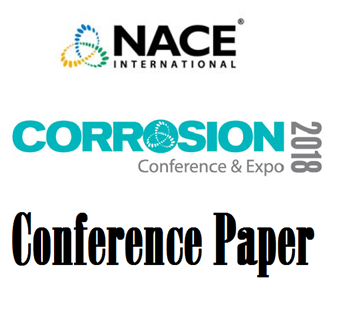Search
03092 EXPERIENCES WITH QUALIFICATION OF WELDABLE MARTENSITIC STAINLESS STEEL PIPE
Also Purchased
06493 SUSCEPTIBILITY OF WELDABLE MARTENSITIC STAINLESS STEEL(13Cr) PIPELINES TOINTERNALCRACKING
Product Number:
51300-06493-SG
ISBN:
06493 2006 CP
$20.00
51318-11123-Super Martensitic Stainless Steel UNS41426 Bar Manufactured to Optimize Sour Service Performance
Product Number:
51318-11123-SG
Publication Date:
2018
$20.00
51318-11257-Sulfide Stress Cracking of Super 13Cr Martensitic Stainless Steel – Localized Corrosion and Hydrogen
Product Number:
51318-11257-SG
Publication Date:
2018
$20.00




